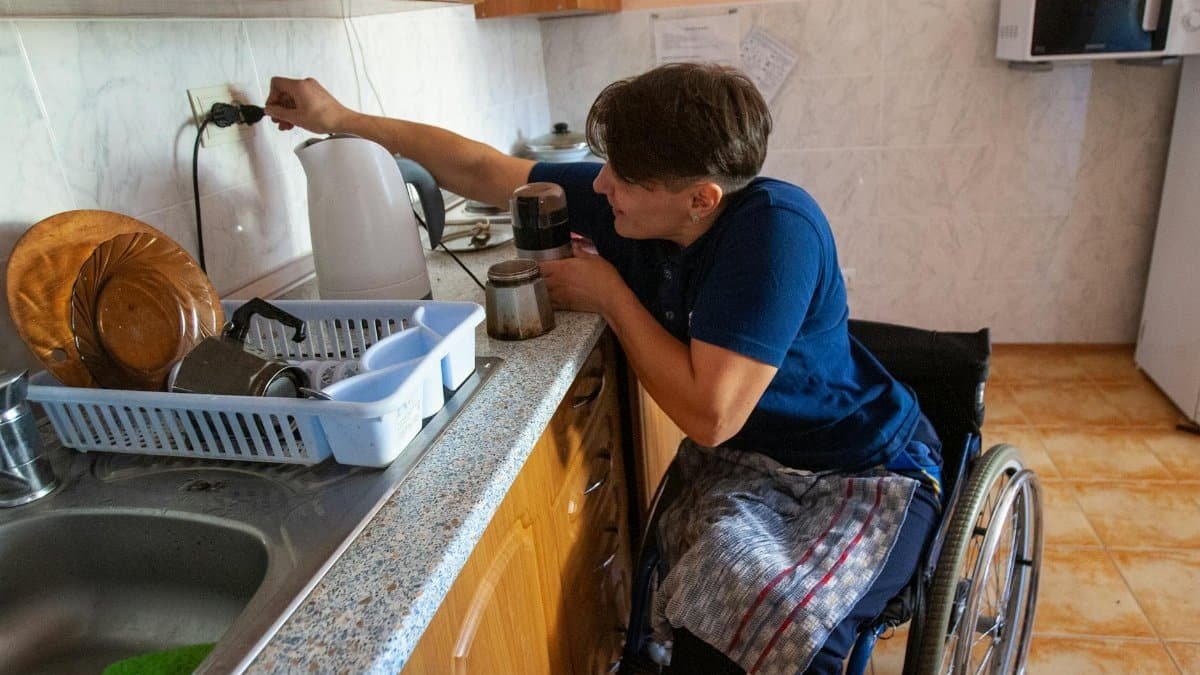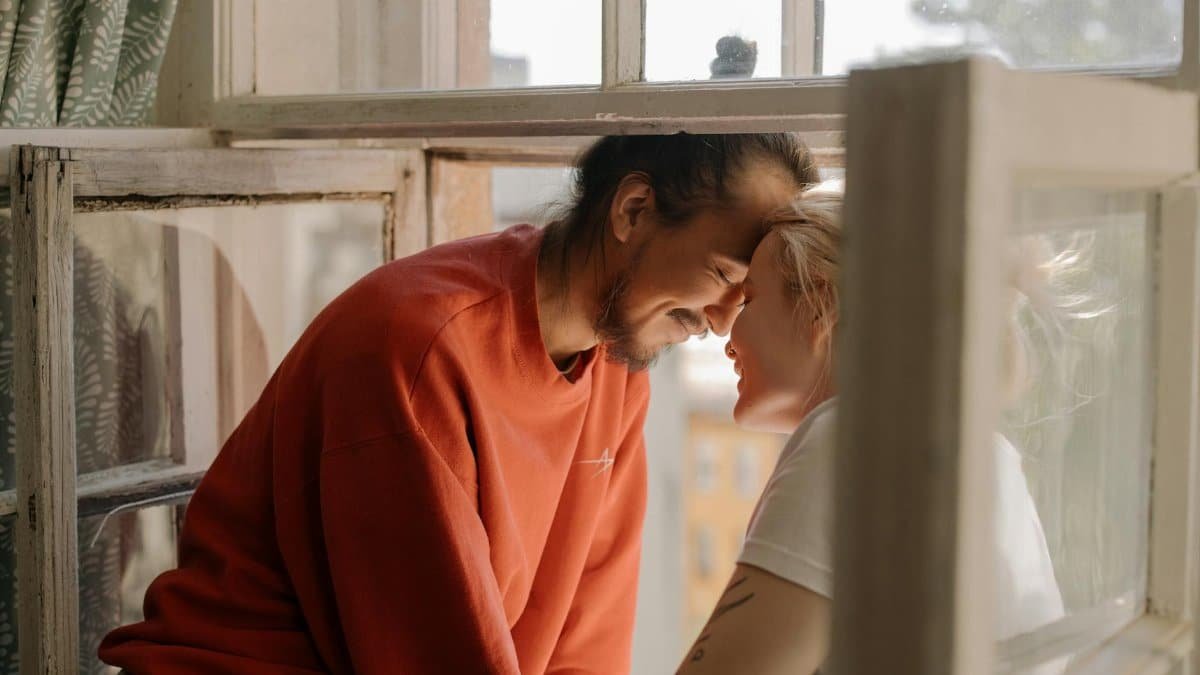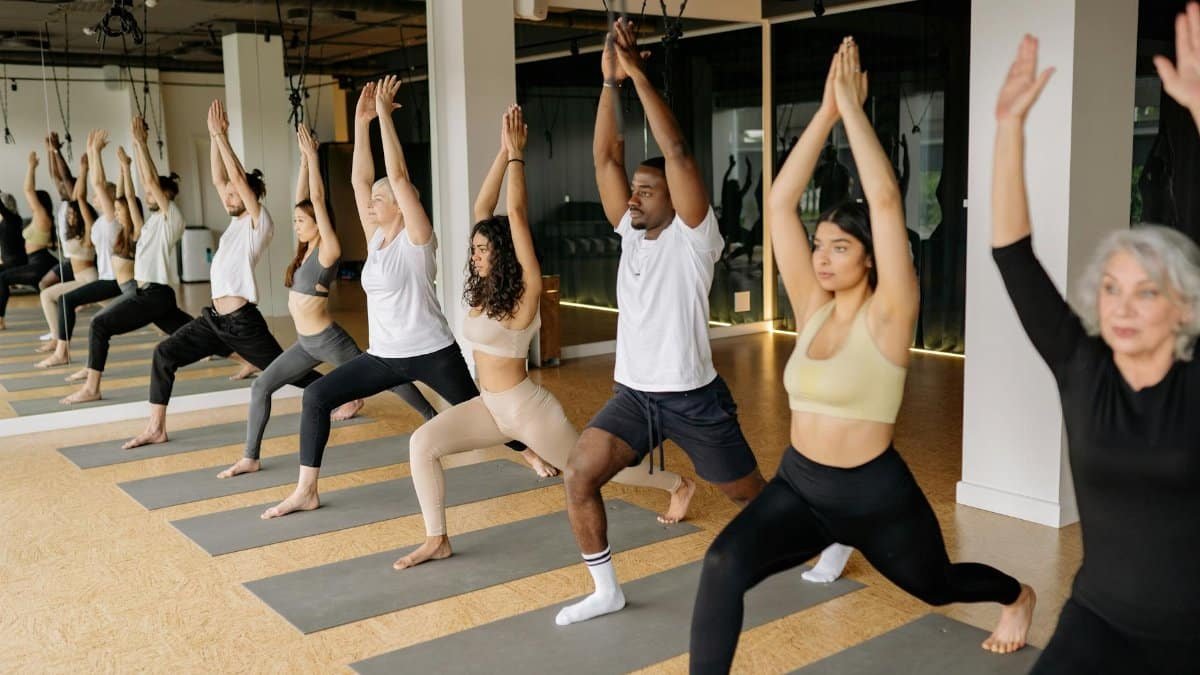In a fast-paced world, millions are turning to breathing techniques for relief. New data from the National Center for Complementary and Integrative Health shows that over 18% of U.S. adults practiced some form of breathing exercises in 2022, a number expected to rise in 2025 as stress levels soar. These simple methods, rooted in ancient practices, promise profound shifts in mental clarity and emotional health. But do they deliver? People report calmer minds, healthier bodies, and even open hearts after consistent use. Breathing techniques aren’t just trendy—they’re transforming lives amid rising wellness demands.
Unlocking Mental Clarity Through Controlled Breaths

Breathing techniques cut through the mental fog that plagues many Americans today. By focusing on deep, rhythmic inhales and exhales, practitioners report sharper focus and reduced anxiety. Take box breathing, a method used by Navy SEALs: inhale for four counts, hold, exhale for four, and repeat. It’s straightforward and effective. Studies back this up. Research from Harvard Medical School highlights how such practices activate the parasympathetic nervous system, lowering cortisol levels. In 2025, with remote work still stressing out workers, these tools could be game-changers for productivity.
The Physical Health Boost From Mindful Inhaling

Don’t underestimate the body benefits. Breathing techniques improve lung function, boost oxygen flow, and even aid digestion. Diaphragmatic breathing, for instance, strengthens the core and reduces blood pressure. A study published in the Journal of the American Medical Association found that regular practice lowered hypertension risks in participants. Link: Journal of the American Medical Association. U.S. health experts predict more doctors will recommend these in 2025 to combat sedentary lifestyles. Users say they feel energized, with fewer aches and better sleep—profound shifts that stick.
Emotional Healing and Inner Peace Strategies

Emotions run high in today’s divided society, but breathing techniques offer a reset button. Techniques like 4-7-8 breathing, popularized by Dr. Andrew Weil, involve inhaling for four seconds, holding for seven, and exhaling for eight. This calms the nervous system, easing anger and grief. Therapists across the U.S. integrate it into sessions for trauma recovery. A report from the American Psychological Association notes increased emotional resilience among practitioners. As 2025 brings more uncertainty, these methods foster inner peace, helping people navigate relationships with open hearts.
Common Challenges and How to Overcome Them

Not everyone nails breathing techniques right away. Distractions, shallow habits, or skepticism can hinder progress. Beginners often struggle with consistency, feeling silly at first. Experts advise starting small—five minutes a day in a quiet spot. Apps like Calm provide guided sessions to build momentum. Research from the National Institutes of Health shows persistence pays off, with benefits emerging after two weeks. Link: National Center for Complementary and Integrative Health. In U.S. wellness circles, overcoming these hurdles leads to lasting growth and emotional health gains.
Practical Applications in Daily Life

Integrate breathing techniques into routines for real impact. During commutes, try alternate nostril breathing to balance energy. At work, use quick breaths to handle deadlines. Parents report using them to stay patient with kids. Wellness coaches in cities like New York and Los Angeles swear by them for urban stress. A Pew Research survey indicates growing adoption among young professionals seeking work-life balance. By 2025, expect more workplaces to offer breathing workshops, turning these practices into everyday tools for mental clarity and calm.
The Science Behind the Spiritual Shifts

Science meets spirituality in breathing techniques. Neuroimaging studies reveal how they rewire the brain, enhancing areas tied to empathy and self-awareness. Practices like pranayama from yoga traditions promote a sense of connection. The Mayo Clinic endorses them for holistic wellness, linking breath control to reduced inflammation. Users describe profound shifts, feeling more grounded and compassionate. In America’s wellness boom, these techniques bridge mind, body, and spirit, with trends pointing to wider acceptance in 2025.
Real Stories of Transformation

Everyday people share stunning changes. A Chicago teacher credits breathing techniques for overcoming burnout, gaining mental clarity to inspire students. A Texas veteran uses them to manage PTSD, finding emotional health he thought lost. These anecdotes echo broader U.S. trends, where apps and classes surge in popularity. Experts from the Cleveland Clinic note that consistent practice leads to measurable life improvements. As more Americans seek inner peace, these stories highlight the accessible power of breathwork in fostering growth.
Getting Started: Simple Steps for Beginners

Ready to try? Begin with awareness: notice your natural breath. Then, experiment with basic techniques like belly breathing—place a hand on your abdomen and feel it rise. Aim for 10 minutes daily. Resources abound, from free YouTube tutorials to books by experts. The CDC promotes such practices for stress management, especially post-pandemic. In 2025, community centers may offer more classes. Start small, and watch profound shifts unfold in your calm mind and open heart.
Potential Drawbacks and Balanced Views

While powerful, breathing techniques aren’t a cure-all. Some experience dizziness if done incorrectly, and they’re no substitute for medical care. Critics argue overhype in wellness marketing. A balanced approach: combine with therapy or exercise. The National Institutes of Health warns of over-reliance but affirms benefits when used properly. U.S. consumers should consult doctors, especially with conditions like asthma. Still, for many, the positives outweigh risks, driving continued popularity into 2025.
Future Trends in Breathwork Adoption

Looking ahead, breathing techniques are poised for mainstream explosion. Tech integrations, like VR-guided sessions, could make them more accessible. U.S. fitness chains are already incorporating breathwork into classes. With mental health crises persisting, expect policy pushes for school programs. Data from Gallup polls suggest rising interest among Gen Z for emotional health tools. By embracing these shifts, Americans can cultivate calmer, healthier lives—proving breath is more than air; it’s a path to transformation.
